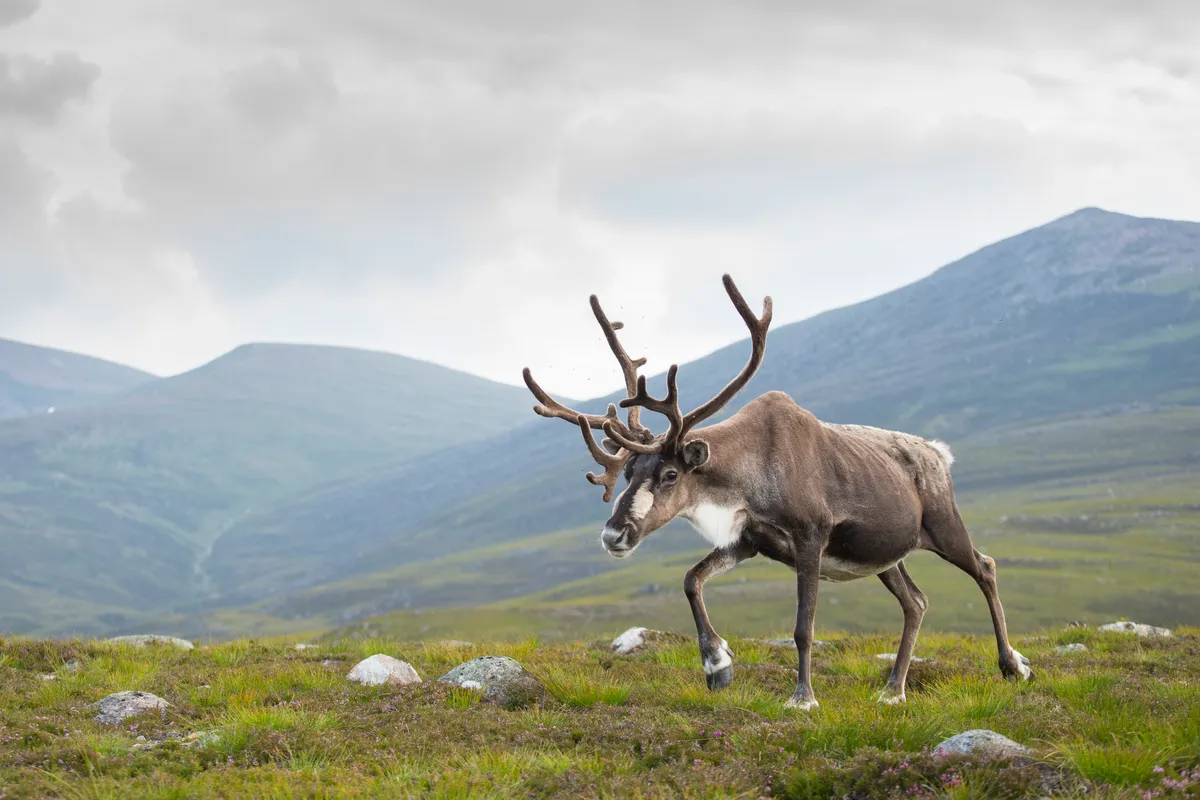Males of almost all deer species grow antlers, used to battle for females. But reindeer are the only species in which the females also grow antlers, and an explanation can be found by looking at bovids, a closely related family including antelopes, goats and sheep.

Many female bovids have horns, used to defend food or territories from other females.
In exactly the same way, female reindeer use their antlers to defend food in small patches of cleared snow. Those with the largest antlers tend to be socially dominant and in the best overall physical condition.
Unlike horns, antlers are shed each year. In males, this happens in late autumn, after the rut.
Females retain their antlers until spring, because access to food is critical during their winter pregnancy. Some scientists therefore argue that Rudolph, who is universally depicted in late December with intact antlers, is female.
Please note that external videos may contain ads:
Top 5 Reindeer Moments © BBC Earth
In fact, most of the reindeer used to pull sleds are castrated males – they are easier to handle, and have antler cycles similar to those of the females.
Not all females have antlers, however, because growing them costs a lot of energy. In habitats where food is scarce or of poor quality, antlerless females dominate.
Learn more about polar wildlife:
Main image: Female reindeer with calf. © Michel Denijs/Getty




